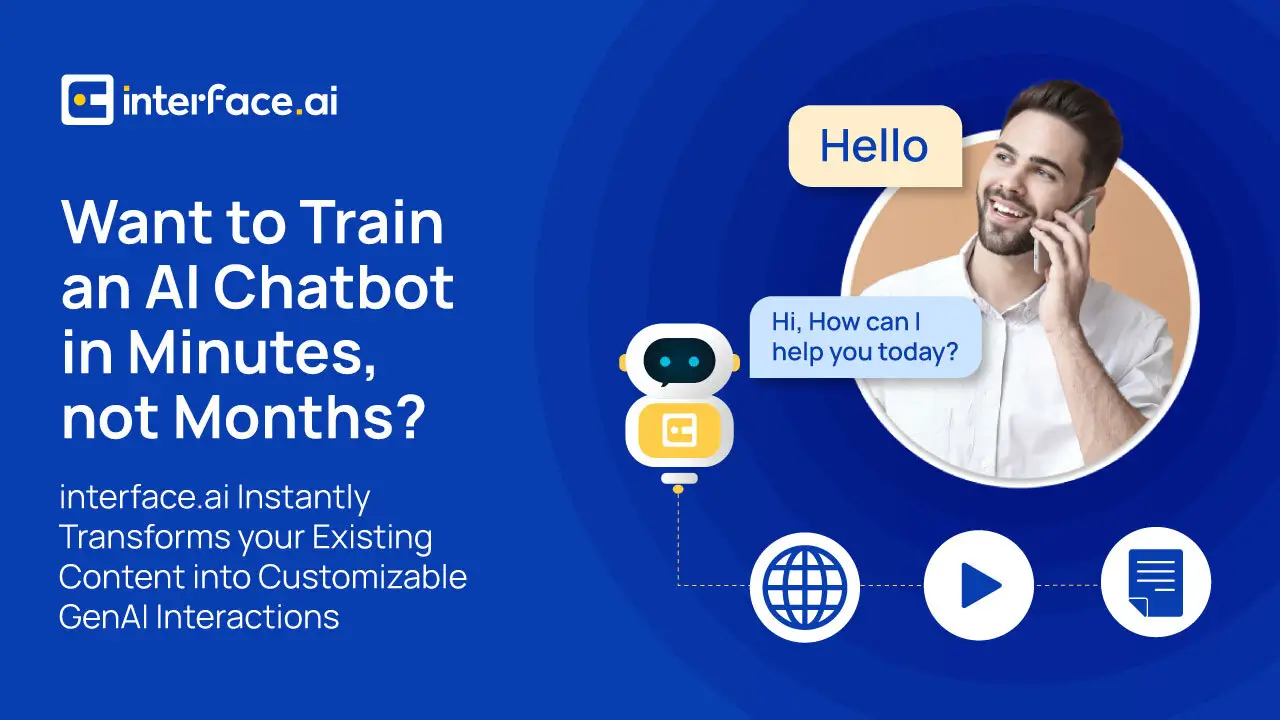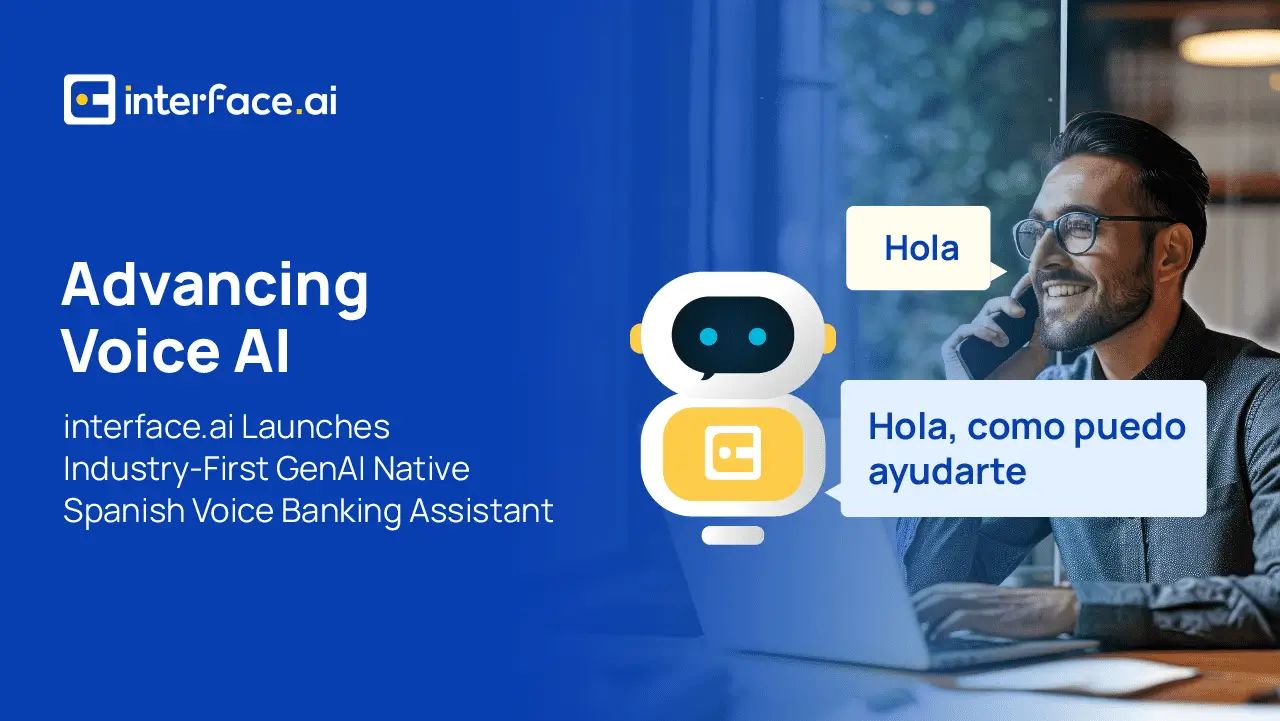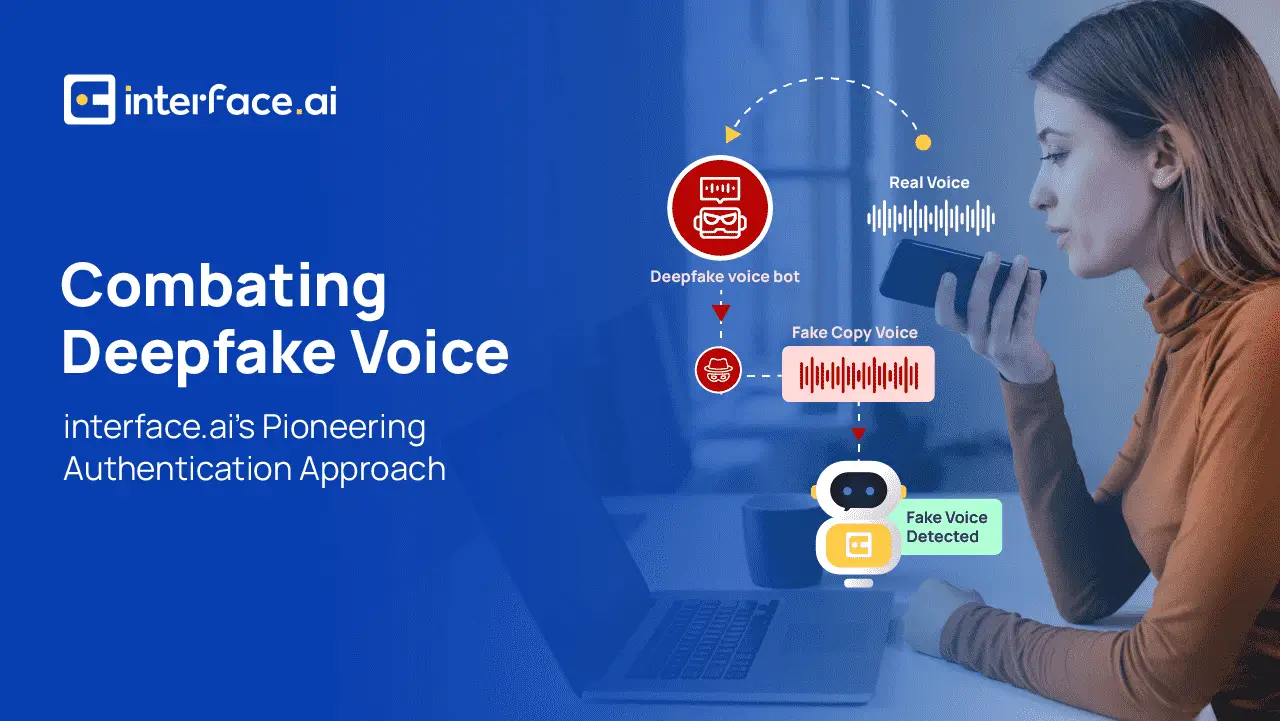
Upgrading IVR to Voice AI – What Really Happens When Financial Institutions Make the Switch
The era of static IVRs is coming to an end. Once a staple in banking, IVR systems haven’t evolved to meet the expectations of modern consumers. Customers find them frustrating at best, and institutions face operational inefficiencies that drive up costs and limit service quality.
That’s why banks and credit unions are upgrading from outdated IVR to AI-powered voice agents that transform member and customer service. But what really happens when an institution replaces IVR with Voice AI?
We break it down below, exploring the issues caused by IVR and sharing real-world case studies from financial institutions who made the IVR upgrade. For a deeper dive into this topic and the best practices on making the switch, download the free eBook below.

The (many) IVR issues
Even though IVRs were introduced to streamline banking calls, they’ve become a major bottleneck for both customers and financial institutions. These IVR issues can have a significant impact on the bottom line, hindering growth and undermining the core values of customer service that differentiate credit unions and banks.
For customers: A broken experience
- Complex menu structures & repetitive information requests
- Long wait times & frequent call transfers
- No personalization – every interaction starts from scratch
- Limited and/or poor after-hours service.
For financial institutions: Expensive and inefficient system
- Low automation leads to high call volumes that overload agents
- Increased costs due to inefficient call handling
- Missed opportunities for upsell and cross-sell
- Security concerns with outdated authentication methods.
What happens when institutions upgrade from IVR to voice AI?
When a financial institution replaces traditional IVR with AI-powered voice agents, the results are immediate and measurable. Call containment improves, costs go down, security strengthens, and members receive superior service.
But what does that actually look like? Below are real-world examples from financial institutions that replaced IVR with voice ai from interface.ai.
1. Efficiency – Automating majority of calls
Case Study: Great Lakes Credit Union (GLCU)
Before: GLCU’s IVR system handled only 25% of calls, meaning most inquiries still required a human agent. This led to long wait times, frustrated members, and overburdened staff.
After upgrading to interface.ai’s Voice AI:
– 60% containment during business hours, freeing up agents for other queries and tasks
– 75-80% containment after hours.
2. Cost cutting – Saving millions in call center expenses
Case Study: Neighborhood Credit Union
Before: With their IVR system failing to handle many calls, Neighborhood Credit Union struggled with high call volumes that overloaded staff and increased staffing costs.
After upgrading to interface.ai’s Voice AI:
– $4.4 million in annual operational cost savings
– Call containment jumped from 50% to 90% within two days of implementation
– Significant reduction of calls routed to outsourced call center for after-hours.
3. Authentication – Combatting advanced fraud tactics
Case Study: Dupaco Community Credit Union
Before: As fraudsters became increasingly sophisticated, using AI-powered attacks to bypass traditional authentication methods, Dupaco needed a smarter approach to verifying callers.
After upgrading to interface.ai’s Voice AI:
– Implemented interface.ai’s industry-unique multi-layer authentication, combining AI, voice biometrics, and caller ID forensics
– 68% call authentication, significantly reducing fraud risk and improving member experience.
4. Member experience – Fast, 24/7 service that counts
Case Study: Bank of Guam
Before: Bank of Guam’s call center was overloaded with calls, resulting in long wait times and damaging the member experience.
After upgrading to interface.ai’s Voice AI:
– 46% decrease in wait times (15 minute drop)
– Instant responses to member inquiries, 24/7
– Freed up staff to handle complex cases instead of routine questions.
The bottom line: IVR is holding you back
Traditional IVR has become a roadblock, frustrating members, overwhelming call centers, and increasing operational costs. Financial institutions that continue relying on outdated IVR systems are limiting their own growth and weakening their service capabilities.
Banks and credit unions that have replaced IVR with voice AI are already seeing higher efficiency, stronger security, and millions in cost savings, all while delivering faster, more personalized service to their members.
The good news? The IVR upgrade is easier than you might think. Download our free eBook to see how other financial institutions made the switch and the ROI they’re achieving today.

Discover the Latest Insights on Interactive Intelligence for Banking Newsletter
Join the newsletter to receive the latest updates in your inbox.











